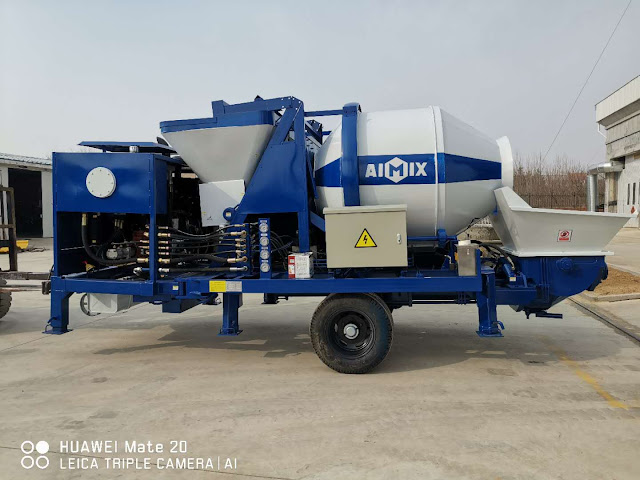What is the Output of a Self-Loading Concrete Mixer?
A self-loading concrete mixer is an advanced piece of equipment that combines multiple functions, including loading, mixing, transporting, and discharging concrete. It is widely used in small- to medium-scale construction projects where efficiency and flexibility are essential. One of the most important factors to consider when choosing this machine is its output capacity. In this article, we will explore the output of a self-loading concrete mixer, what affects it, and how to select the right model for your project.
Understanding the Output of a Self-Loading Concrete Mixer
The output of a self-loading concrete mixer(hormigonera autocargante) refers to the amount of concrete it can produce within a specific period. This is typically measured in cubic meters per batch or per hour. The output capacity varies depending on the model, drum size, and operational efficiency.
Factors Affecting the Output
Several factors influence the actual output of a self-loading concrete mixer:
1. Drum Capacity
The size of the mixing drum determines how much concrete can be produced per batch. Models typically range from 1.2 cubic meters to 6.5 cubic meters per batch. A larger drum can mix and transport more concrete at once, increasing productivity.
2. Mixing Efficiency
The efficiency of the mixing mechanism affects how quickly the concrete is prepared. High-performance mixing blades and optimal drum rotation speed ensure a consistent and well-mixed output.
3. Operational Speed
The speed at which the self-loading mixer loads raw materials, mixes them, and discharges the final product impacts overall output. Advanced models optimize each stage to reduce cycle times.
4. Type of Material Used
The quality and consistency of raw materials, including cement, aggregates, and water, can affect the mixing process. Properly proportioned materials ensure a smoother mixing operation.
5. Operator Skills
An experienced operator can maximize the efficiency of a self-loading concrete mixer(autohormigonera en Chile) by managing loading, mixing, and unloading times effectively.
Output Capacity of Different Self-Loading Mixer Models
Self-loading concrete mixers come in various models, each offering different output levels. Below are some common capacities:
| Model | Batch Capacity (m³) | Hourly Output (m³/h) |
|---|---|---|
| 1.2 m³ | 1.2 | 5-6 |
| 2.6 m³ | 2.6 | 10-12 |
| 3.5 m³ | 3.5 | 14-16 |
| 4.0 m³ | 4.0 | 16-18 |
| 6.5 m³ | 6.5 | 26-30 |
The hourly output depends on the number of batches produced per hour. On average, a self-loading mixer can complete 4 to 5 batches per hour, depending on operational efficiency.
Choosing the Right Output Capacity for Your Project
When selecting a self-loading concrete mixer, consider:
1. Project Size
- Small projects: A 1.2 m³ or 2.6 m³ model is ideal for small-scale constructions like residential buildings or road repairs.
- Medium projects: A 3.5 m³ or 4.0 m³ mixer is suitable for mid-sized infrastructure projects.
- Large projects: A 6.5 m³ mixer works best for large-scale construction requiring high concrete demand.
2. Jobsite Location
If the project is in a remote area, a larger capacity mixer reduces trips for material refilling, improving efficiency.
3. Budget Considerations
Higher output models are more expensive but increase productivity, reducing labor and time costs in the long run.
Maximizing the Output of a Self-Loading Concrete Mixer
To achieve the best results, follow these tips:
- Use high-quality raw materials for a smooth mixing process.
- Optimize loading and mixing times to complete more batches per hour.
- Regularly maintain the machine to ensure consistent performance.
- Train operators to handle the machine efficiently.
Conclusion
The output of a self-loading concrete mixer depends on multiple factors, including drum size, mixing efficiency, and operational speed. Choosing the right model for your project ensures optimal performance and cost efficiency. Whether for small or large-scale construction, self-loading mixers provide a flexible and efficient solution for on-site concrete production.




Comments
Post a Comment